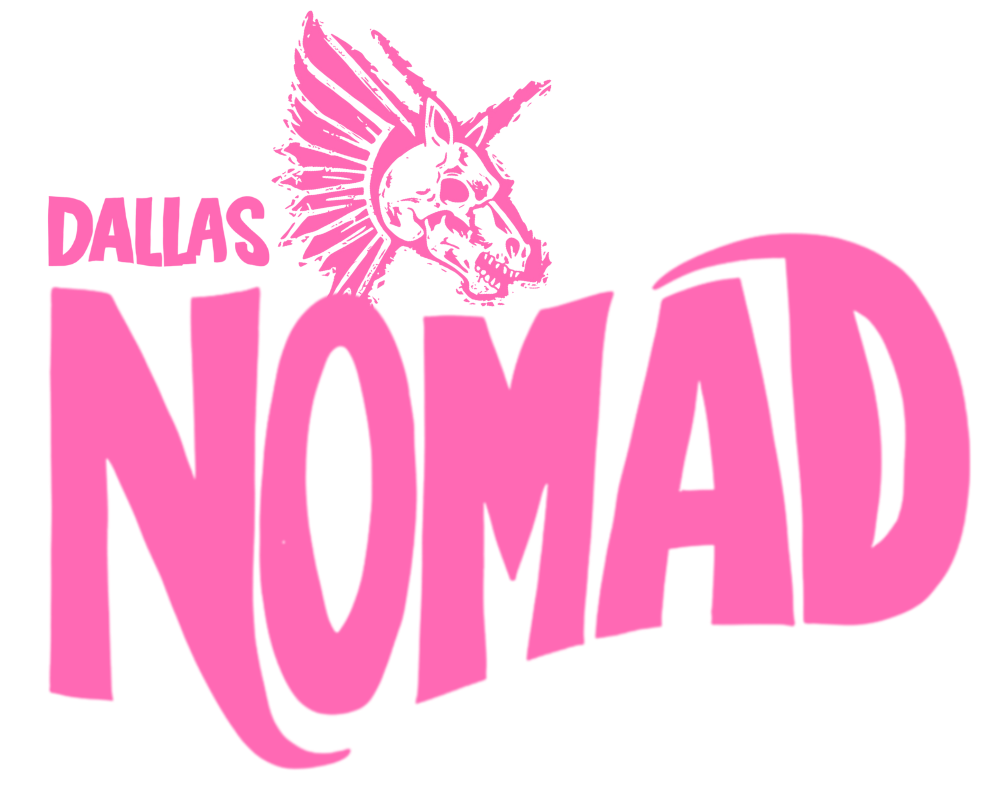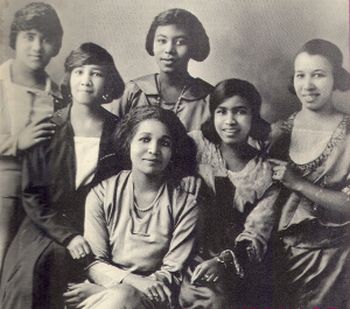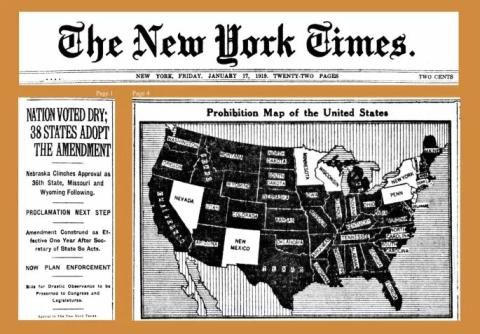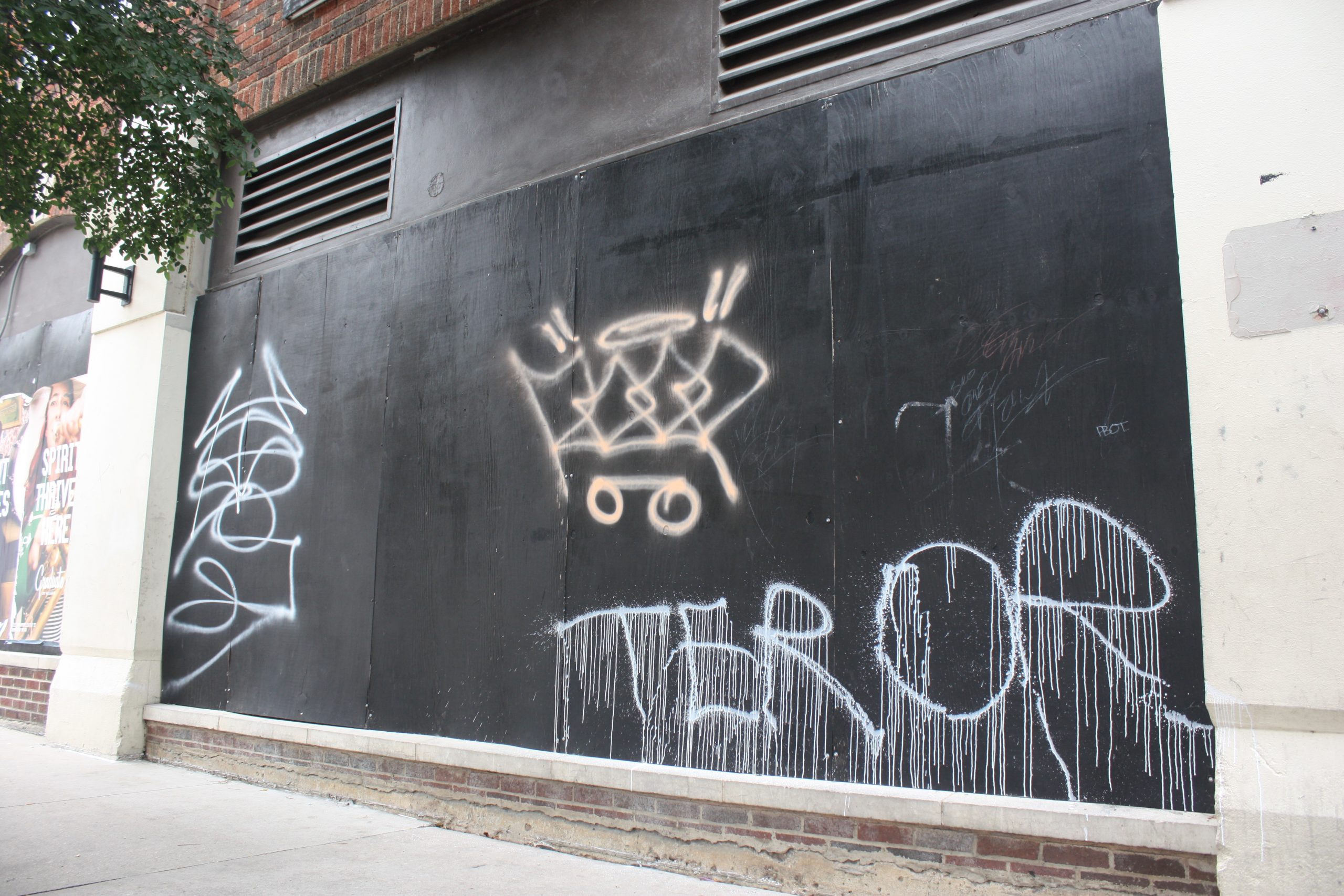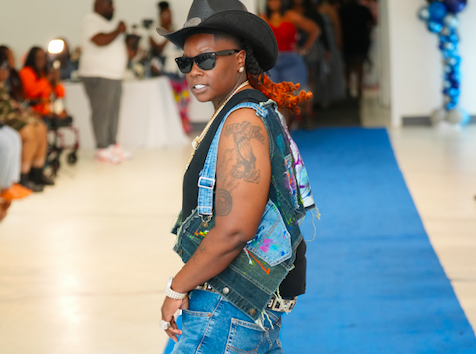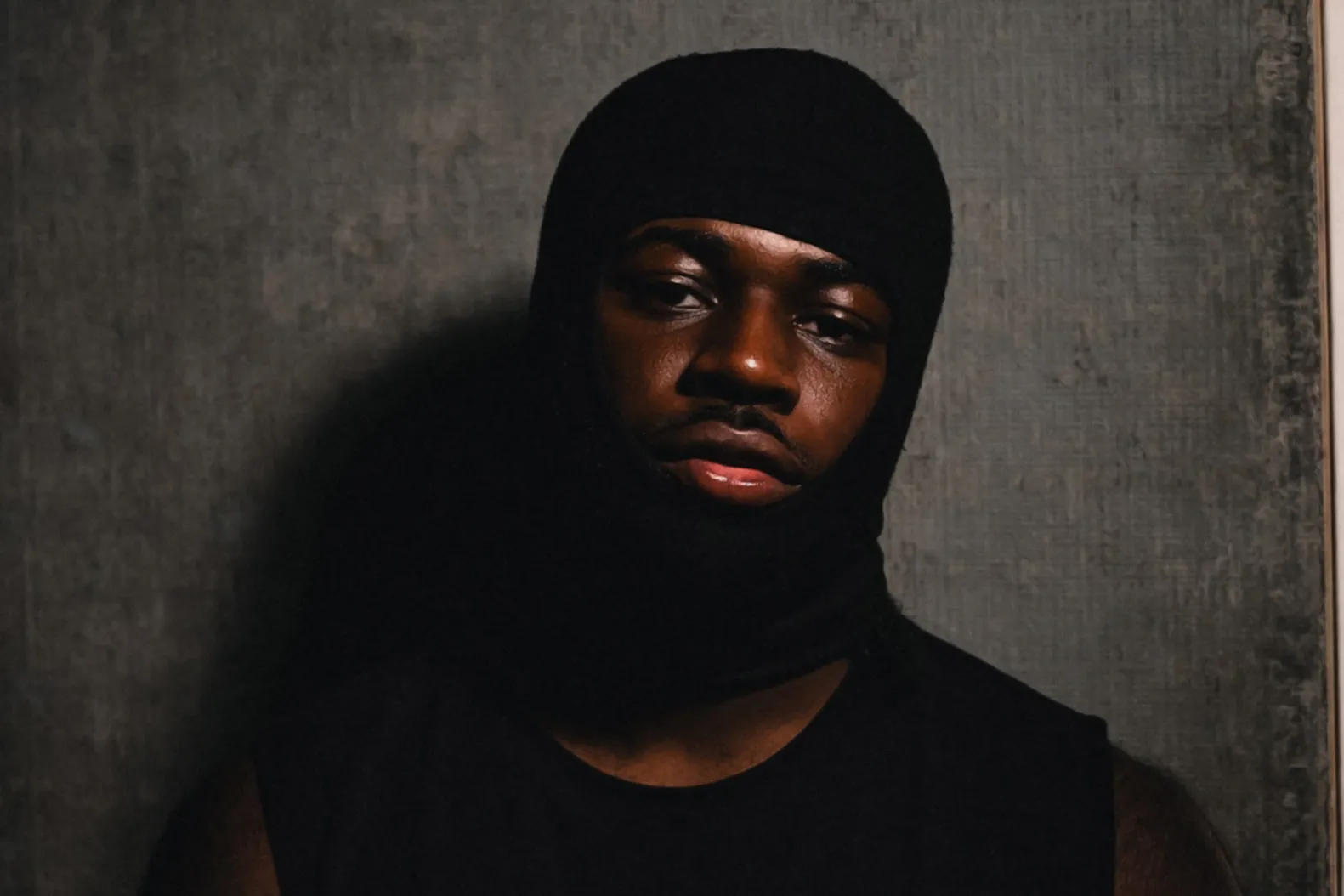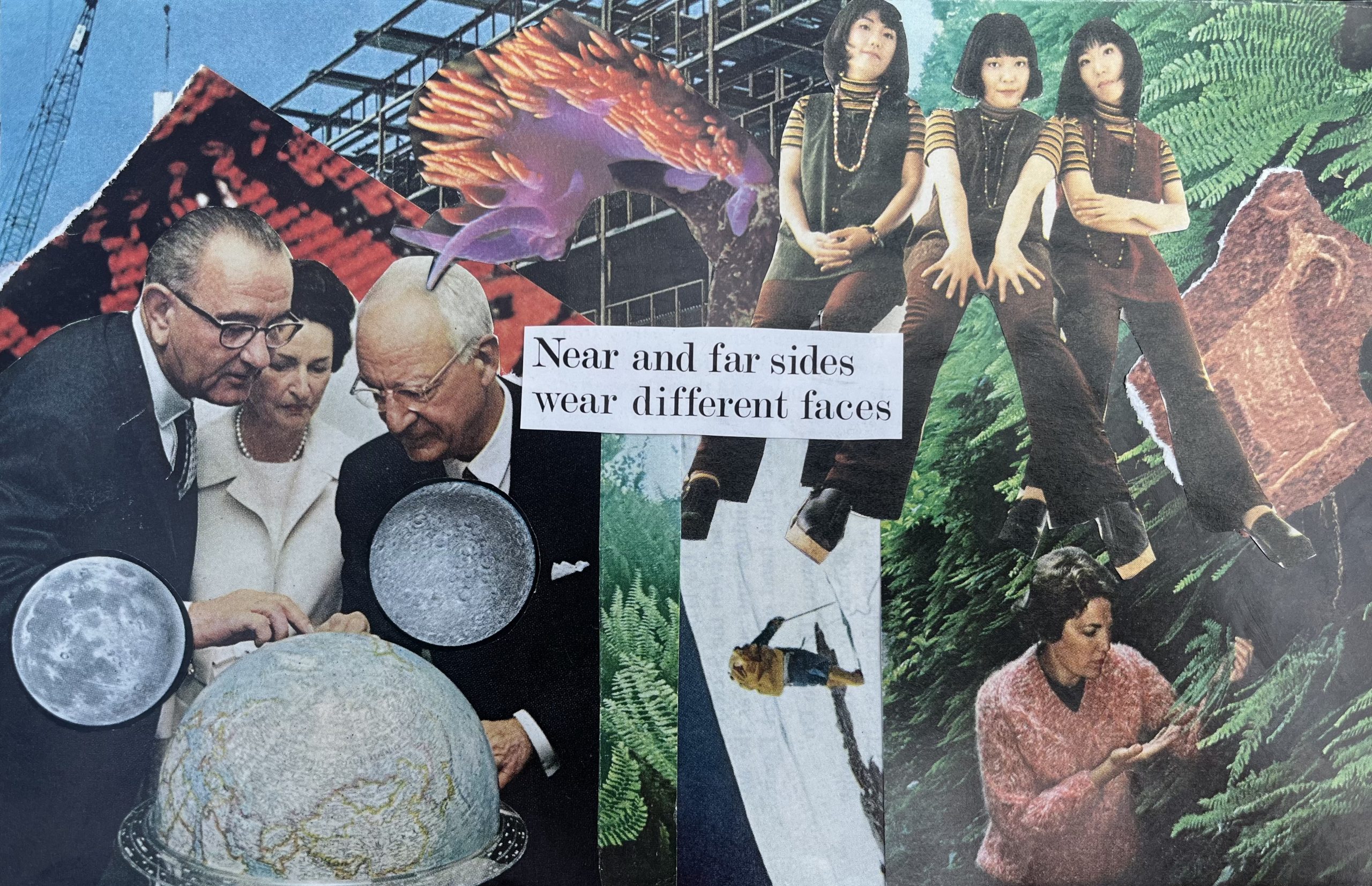Roots Revival & BIPOC Ecstatic Dance in the United States
In an op-ed, Roots Revival Co-Founder Tamera Lanay talks establishing one of just four Black/Indigenous Ecstatic Dance spaces in
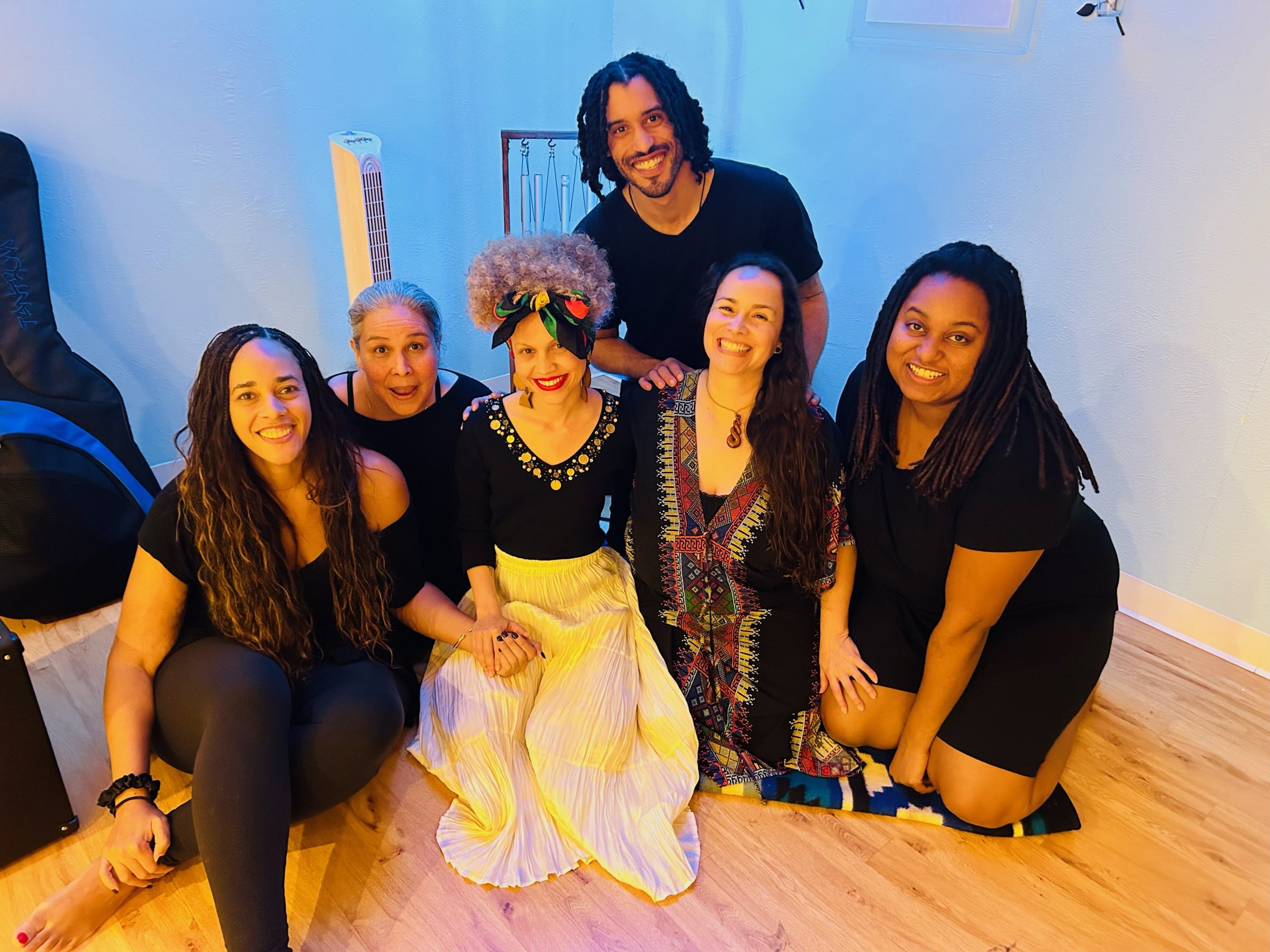
In an op-ed, Roots Revival Co-Founder Tamera Lanay talks establishing one of just four Black/Indigenous Ecstatic Dance spaces in the United States while recounting her introduction to the culture.
By Tamera Lanay
On a summer evening in 2023, three Black women sat in a booth at Kalachandji’s in East Dallas and over an Indian buffet dinner Roots Revival BIPOC Ecstatic Dance was born.
I am one of those women who co-founded Roots Revival, including Whitney Jones and Stephanie St. John, pertinent on cultivating a safe container for Black, Indigenous and People of Color in the Dallas-Fort Worth metroplex to engage in this medicinal movement practice.
Ecstatic dance is a free-form movement practice consisting of no choreography to allow participants to connect with their body’s natural rhythm. It’s not your typical dance class in a studio nor a weekend night out at a bar or club. It’s a sober and substance-free, barefoot, and non-verbal space that welcomes all movement forms and expressions. It provides participants with the tools and ground rules beforehand during the opening circle on consent if a partner wants to dance with a partner. All ages, genders, abilities, and bodies are welcome.
It’s also not your average DJ song setlist of high tempo tracks with lyrics – the music starts slow, builds to a peak or crescendo, and descends into stillness with a variation of beats and sounds with limited lyrics to support participants in connecting with their body language instead of focusing on their thoughts. It follows the 5Rhythms wave created by Gabrielle Roth in the 1970s with the dance sequenced in order of the phases flowing, staccato, chaos, lyrical, and stillness lasting about an hour.
Roots Revival is one of four BIPOC ecstatic dance groups in the U.S., with two on the west coast in Long Beach and Portland and the other on the east coast in South Carolina. Outside the country, there are hundreds of ecstatic dance groups often associated with spiritual or new age communities.
My introduction to ecstatic dance was in May 2022 while on a retreat put on by the Mind Body Ecology Institute at the Finca Camino Nuevo below the Monteverde Cloud Forest Biological Preserve. At first glance, I was skeptical of the practice because of my own discomfort and unfamiliarity with the indoctrination of dance being performative.
There was no direction on how to move my body but to surrender to the flow. And as someone who has suffered from anxiety and panic attacks since adolescence, silencing my intrusive thoughts was a challenge. I was terribly frightened over the idea of being seen in broad daylight without fear of judgment and connecting with my bodily vessel that had stored trauma demanding to be released.
All I had known since my adolescence was gyrating dance floors with sweaty, drunk bodies packed like sardines in the dark with blaring beats sinking me into sensory overload as my paranoia crept in pondering if a man would intrude on my space. On this dance floor tucked between the clouds and mountains, I had expansive width to move alongside other dancers conscious of space and consent. For the first time, I felt safe to move freely and unleash any grotesque sounds without the worrisome of sexual harassment or assault nor the oversexualization and fetishization of my body.
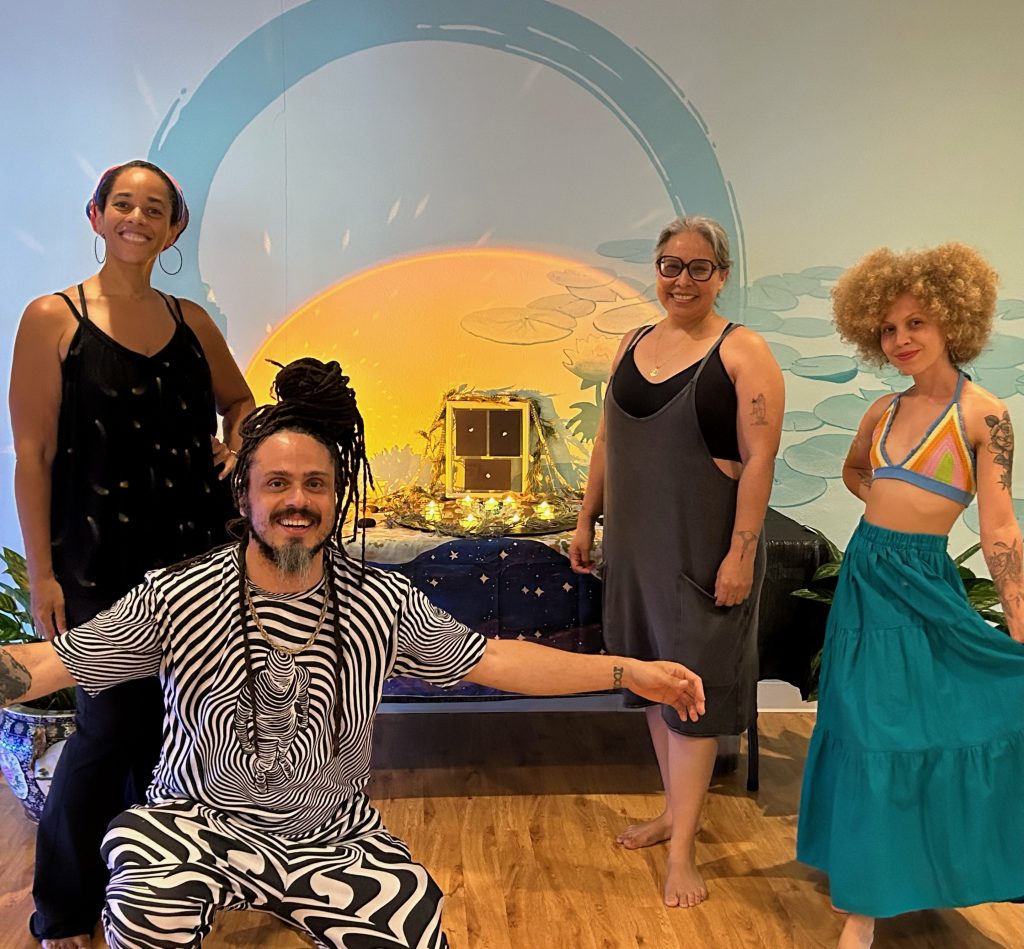
Shortly afterwards, I started attending the Sunday ecstatic dances in Dallas through the now known Dallas Movement Collective (DMC) where I met Stephanie St. John, the facilitator and co-founder of Roots Revival. I had been recommended by Sarah Sampson, the Director of DMC, to befriend Stephanie after expressing my observation of the low amount of people of color on the dance floor and desiring to fill the gap by introducing this practice to BIPOC communities.
Stephanie, who comes from Barbados and Caribbean roots, has been in the Dallas ecstatic dance community for over 10 years discovering it after undergoing cancer treatment. “My body was in a space of recalibrating from having had cancer. Afterwards, that was where my body really went into a freeze mode,” she recalled. “I saw I was working through a lot of trauma in my body. Certain postures were very painful. I had certain levels of anxiety. I had a lot of joint pain and dance was able to give a space to explore that and move what was coming up in my body.”
Stephanie and I tag-teamed with Whitney Jones to bring Roots Revival to fruition under the Dallas Movement Collective with our first ecstatic dance taking place in November 2023 at the Dallas Meditation Center with a small group of dancers. Since then, we have had six dances and last November marked our one year anniversary, in which I deejayed for that ecstatic dance. In fact, my deejaying debut happened at our February ecstatic dance in 2024 in honor of Black History Month.
Stephanie said it best: “Your music should represent the people.” I learned how to deejay from white allies who are resident artists and DJ mentors under the Dallas Movement Collective intent on bringing different styles of sounds to the ecstatic dance floor based on my own west coast upbringing of old school hip hop and R&B being raised by a single father who is a former underground rapper; and center BIPOC music artists.
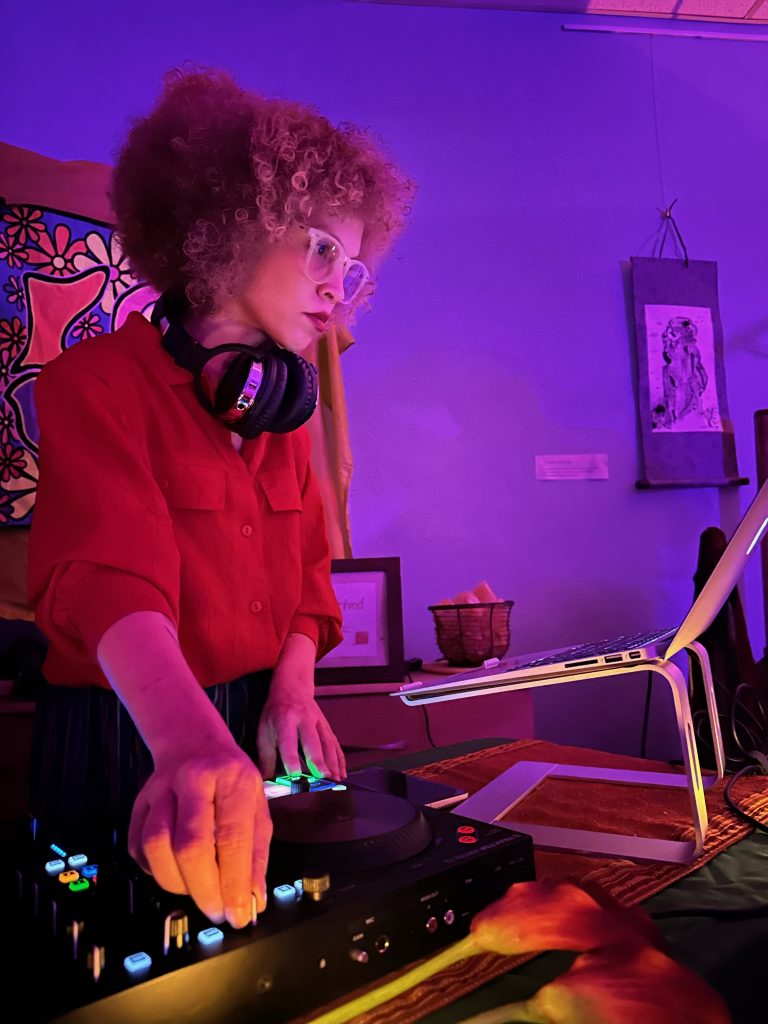
Since our first BIPOC ecstatic dance, we have steadily outgrown the space of the Dallas Meditation Center with more curious dancers entering this sacred space; though, retaining DJs skilled in or a willingness to learn how to create a setlist with the 5Rhythms wave has been a challenge.
Our last dance reached over 25 attendees, and maneuvering around people is an art of itself. “It’s that space of how we move and we don’t run into each other,” Stephanie said, “People don’t understand the mastery that it takes to walk around people and not hit them. It’s part of our connection to each other.”
I asked Stephanie for her advice to anyone interested in attending one of our BIPOC ecstatic dances. She replied, “It doesn’t matter your background. Dancing is for everyone. It doesn’t matter if you have both limbs, your age or ability in regards to ableism. There is a place for you. I think there are few places in Dallas where you actually see that.”
The next Roots Revival BIPOC ecstatic dance is Feb. 26 from 7 to 9 pm at Owenwood Neighbor Space in East Dallas.
